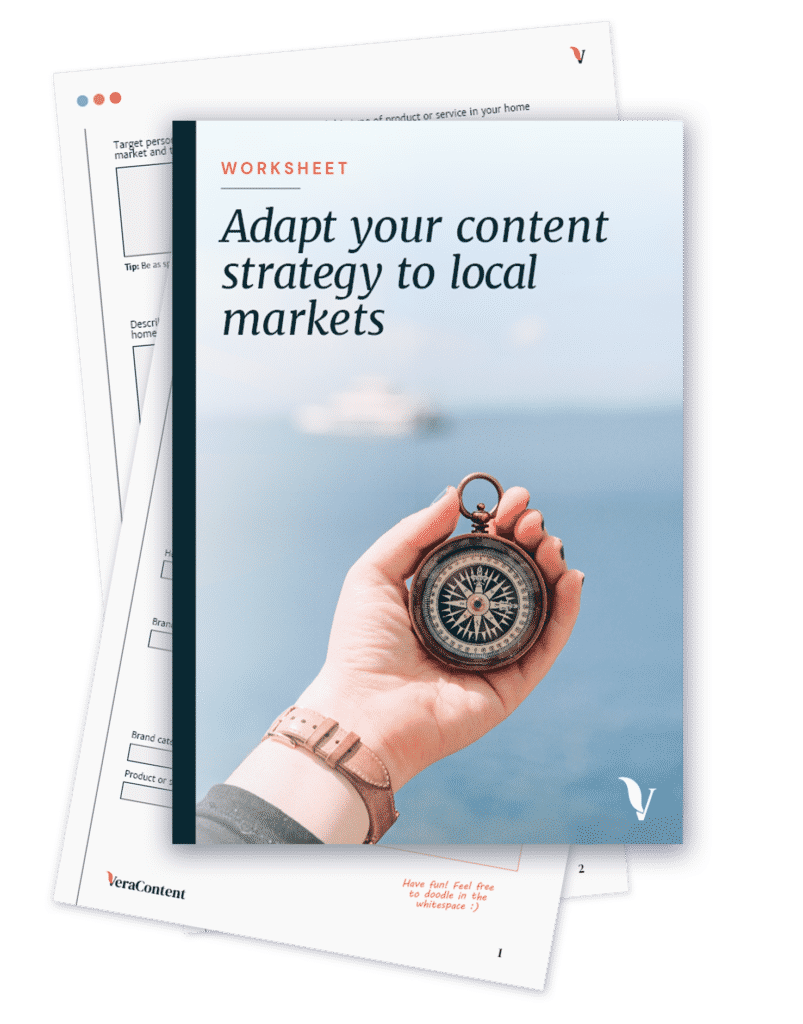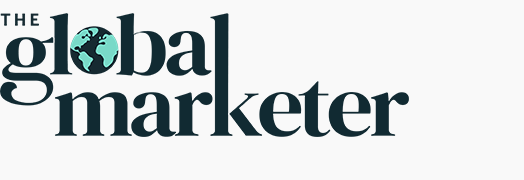Localizing advertising campaigns across EMEA is one of the biggest challenges global marketers face. With over $220 billion in ad spend across Europe, the Middle East and Africa, it’s a region defined by diversity—of languages, cultures and consumer behavior. What drives engagement in Germany might fall flat in Algeria.
To get results, global brands need more than translation. They need to adapt messages to different audiences, regulations and media landscapes.
In this article, we’ll explore why localization is key to maximizing ROI in EMEA advertising and how to do it effectively. You’ll discover the main challenges, proven strategies and real-world examples of brands getting it right.
Why localization makes or breaks EMEA advertising campaigns
In a region as diverse as EMEA, localization isn’t optional; it’s essential. With dozens of languages, cultural contexts and consumer habits, even small missteps can undermine a campaign’s effectiveness. A message that feels persuasive in one market could be seen as irrelevant, or even offensive, in another.
Research shows that 76% of people are more likely to buy from brands that “speak their language and culture.” When customers feel understood, 57% spend more, and 76% choose that brand over a competitor. In short, cultural fluency directly impacts conversion and loyalty.
Getting localization right means paying attention to details that go beyond translation. From the tone of voice and visuals you use to subtle choices like emojis or how you spell a country’s name.
As Forbes puts it, localization is “a fantastic way to keep your brand competitive and expanding for years to come.” Nowhere is that truer than in EMEA.
Localizing advertising for different EMEA markets
Translating your message correctly helps people understand it—but that doesn’t guarantee engagement. For that, you have to think more strategically.
To truly connect, you need to adapt tone, messaging and visuals so they resonate instinctively with each audience.
Even a simple phrase or slogan can land differently across markets. What sounds persuasive in English might feel overly direct, or even inappropriate, in another language. That’s why localization is as much about strategy as it is about language.
More to language than words
Even within a single language, there are elements like regional dialects to consider. Arabic is an excellent example, with Classical, Modern Standard and Colloquial Arabic in common use, depending on the context. On top of that, there are many national and even local variations; the ISO assigns 32 different language codes to Arabic!
Compliance is another factor. What’s perfectly okay to say in one region may not be permissible in another. The healthcare, alcohol and financial/legal industries may be the most obviously sensitive sectors, but you need to do your homework.
Take the United Arab Emirates: while alcohol consumption is legal for non-Muslims in certain areas, it’s strictly prohibited to advertise alcohol “in a public or private place, through any media services.” That’s an extreme example, but every market has its own restrictions that can quietly derail your campaign if you’re not prepared.
And then there’s humor. Puns and jokes rarely translate well, and cultural references can easily miss the mark. Building cultural sensitivity into your campaigns requires local knowledge and, ideally, native speakers who understand the nuance.
Know your platforms
With the social media landscape changing so quickly, the medium is no less important than the message. Staying up to date with current platform preferences in each market will help you allocate your ad spend much more effectively.
Take Nigeria, for example. It might surprise you to learn that Instagram’s potential ad reach in that country decreased by 20% in 2024, with the size of its actual ad audience shrinking by 7% in the last quarter of the year alone.
Conversely, that year, at least according to Meta’s own data, Facebook’s potential ad reach increased by 5.2%—that’s 1.9 million people. And the number of users that ads could reach increased by 3.15 million (almost 9%) in that last quarter.
The lesson? Allocate ad spend to the right channel at the right time to maximize ROI. You must also, of course, be aware of cultural considerations.
Download our free, interactive guide on adapting your content strategy to local markets below:

The importance of cultural sensitivity in EMEA advertising
When it comes to cultural sensitivity, the obvious factors usually come to mind first: gender representation, religion or how much skin or hair is shown in campaign visuals. These do matter; audiences are quick to call out tone-deaf content, and missteps can spread fast for the wrong reasons.
Small details make a big difference
Something as fundamental as a color scheme can send very different messages to different EMEA audiences. White, for example, may typically connote purity or spirituality in Western nations, and cleanliness and modesty in Islamic tradition. But it can mean mourning in certain African cultures.
Symbolism, too; the wise old owl of western Europe can be a harbinger of death or misfortune, and therefore a very bad omen, in other cultures. Getting cultural sensitivity right is a soft way to generate brand loyalty. Getting them wrong risks reputational damage and wasted ad spend.
See also: Cultural marketing: Going beyond simple translations
No market is truly uniform
It’s also easy to overlook differences within countries. Regional, ethnic and generational variations can shift how messages are received. Testing localized campaigns in-market helps identify what truly resonates, from visual choices to which influencers best align with your brand values.
Cultural awareness isn’t just about avoiding mistakes, but showing respect. And in diverse regions like EMEA, respect is the foundation of long-term brand loyalty.
See also: EMEA marketing: 10 challenges facing content marketers

Working with local influencers for EMEA campaigns
Speaking of influencers, before you think about choosing someone to work with, it’s important to remember that example from Nigeria. Each channel’s popularity differs by region, for example:
Instagram is strongest in Western Europe, TikTok in parts of the mobile-first Middle East and YouTube across Africa.
To maximize impact, you need to show up on the right platform with the right content format.
Choosing partners also requires care. An influencer who is a household name in one country may be unknown in another. The best results come from selecting creators who are trusted within the specific market you want to reach.
See also: Global influencer marketing strategy: 3 key insights
Don’t overlook micro-influencers
There’s evidence that some markets, such as Germany and the UK, are more skeptical of influencer marketing than others. But the right local influencers can act as cultural translators, building trust and relatability that global celebrities often lack.
Micro-influencers are especially valuable. Their smaller but highly engaged audiences often show stronger levels of trust, making them ideal for culturally tight-knit markets. They also provide insight into local preferences and trends, feeding back into campaign optimization.
If you’re looking for measurable ROI, tracking engagement from micro-influencers is a pretty clear indicator.
Below is an example of an influencer partnership between St. Dalfour Arabia and influencer, sorrecqa:
VeraContent success story: How we made one advertising campaign work in multiple regions
A simple cultural difference perfectly highlights why localization matters: in some countries, black cats are seen as good luck, while in others, they’re considered a bad omen. For our client, Sanicat, we turned this contrast into an opportunity.
During Black Cat Awareness Month, we invited customers to share photos and stories of their black cats, creating a campaign that felt relevant in every market.
To bring it to life, VeraContent built a localized team to produce content in seven languages, including articles, videos and social media posts. With the added boost of influencer collaborations, the campaign achieved a 480% increase in engagement.
Check out the full client story here.

Localization as the key to ROI in EMEA
Success in EMEA advertising starts with understanding the region’s languages, cultures and regulations, and adapting every element of your campaign accordingly. From messaging and visuals to influencer partnerships, localization turns complexity into opportunity.
Brands that invest in this approach see higher engagement, stronger trust and better returns on their campaigns. The message is clear: in EMEA, localization is the difference between wasted spend and measurable ROI.
If you’re ready to make your EMEA campaigns truly resonate, get in touch. Our local experts help global brands adapt content across markets and deliver results that drive growth.


